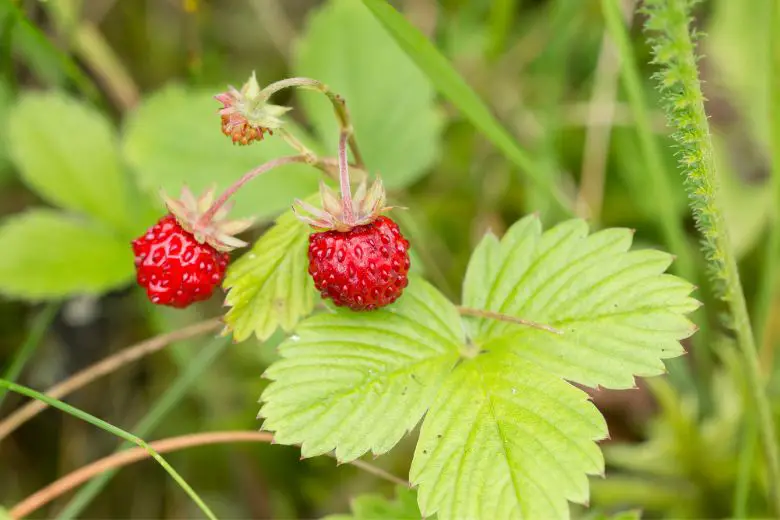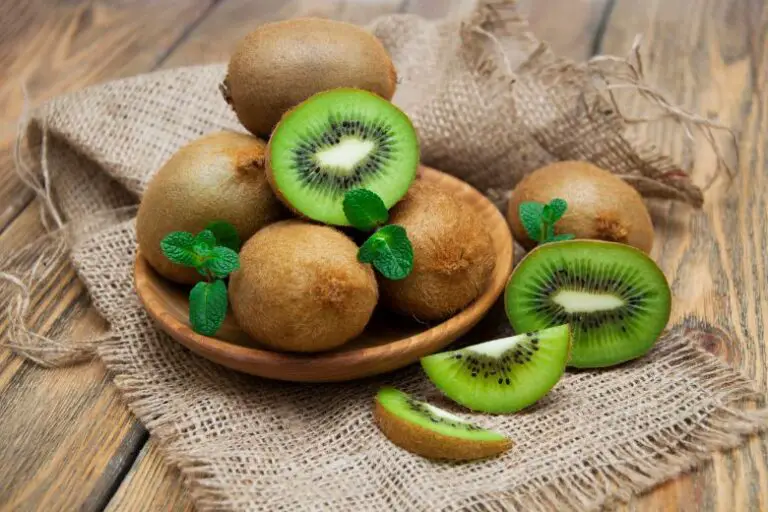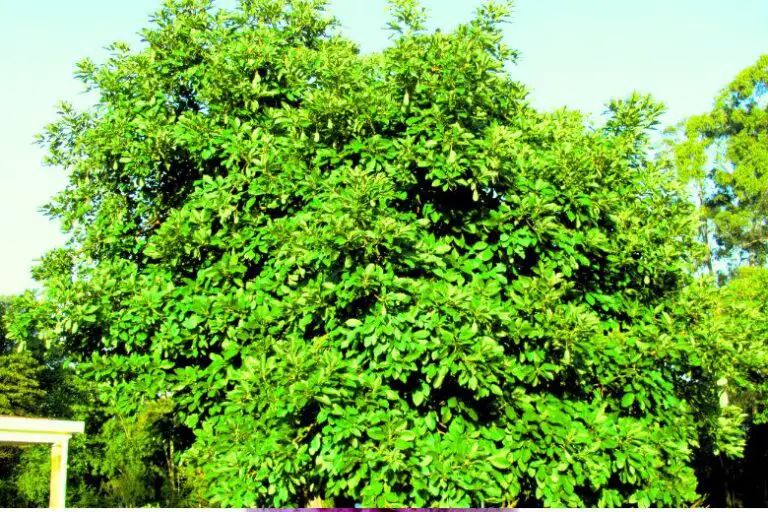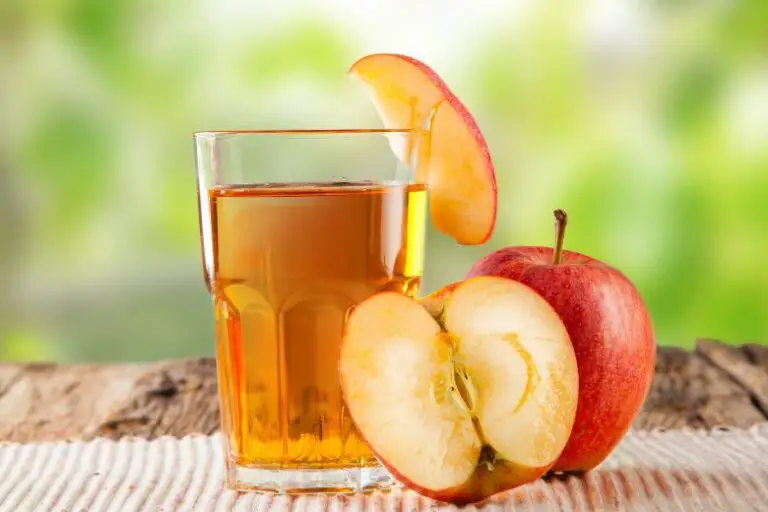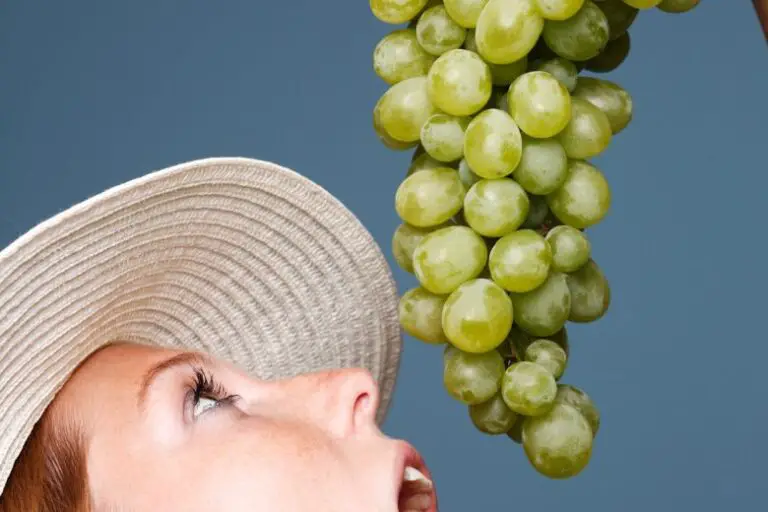Why Are My Strawberries So Small
The allure of homegrown strawberries lies not only in their taste but also in their size. While it’s common to have variations in strawberry sizes, there are several key factors that play a crucial role in determining how small or large your strawberries will be.
Genetic Factors: The Role of Plant Varieties
The genetic makeup of the strawberry plants you choose to cultivate has a significant impact on the ultimate size of the berries. Different varieties have been bred for varying characteristics, including size. Some are naturally inclined to produce larger fruits, while others may lean towards smaller ones. When selecting plants, consider researching the ideal variety for your desired berry size.
Environmental Conditions: Impact on Strawberry Growth
Temperature and Climate
Strawberries thrive in specific temperature ranges. Extreme heat or cold can stunt their growth, resulting in smaller berries. Optimal temperatures encourage proper development and lead to plumper strawberries.
Soil Quality and Composition
The health of your strawberry plants starts with the soil they’re planted in. Soil that’s rich in nutrients, well-draining, and properly aerated promotes healthy root growth and, consequently, larger berries.
Sunlight Exposure
Strawberry plants require ample sunlight to photosynthesize and produce energy for fruit development. Insufficient sunlight can lead to smaller berries, as the plants may divert energy towards survival rather than growth.
Pollination Matters: Ensuring Proper Fruit Development
Proper pollination is essential for strawberries to develop fully. Incomplete or inadequate pollination can result in misshapen or small berries. Encouraging pollinators like bees to visit your garden can enhance pollination and improve fruit size.
Watering Wisely: The Connection Between Irrigation and Size
Balanced watering is crucial for optimal strawberry growth. Inconsistent watering, whether too much or too little, can hinder nutrient absorption and lead to smaller berries. A well-regulated watering schedule ensures steady growth.
Nutrient Management: Providing Essential Nourishment
Strawberries are heavy feeders and require a steady supply of nutrients. Insufficient nutrients in the soil can cause poor fruit development. Regular fertilization with appropriate nutrients can lead to larger and healthier berries.
Spacing and Crowding: Giving Your Strawberries Room to Flourish
Overcrowding strawberry plants can impede air circulation and sunlight penetration. This overcrowding can lead to competition for resources, resulting in smaller fruits. Proper spacing allows each plant to receive the necessary nutrients and sunlight.
Pest and Disease Control: Mitigating Damaging Factors
Common Pests Affecting Strawberry Growth
Pests such as aphids and mites can negatively impact strawberry plants. They can cause stress to the plants, affecting their growth and subsequently leading to smaller berries.
Fungal Diseases and Their Effects
Fungal infections can also hamper strawberry growth. Diseases like powdery mildew and gray mold can diminish the plant’s vitality and reduce the size of the berries.
Pruning Techniques: Enhancing Fruit Size and Quality
Strategic pruning can improve strawberry size and overall plant health. Removing runners and excess foliage redirects the plant’s energy towards fruit production, resulting in larger, more robust berries.
Choosing the Right Time to Harvest
Harvesting strawberries at the appropriate time is crucial. Picking them too early or too late can affect their size and flavor. Timing the harvest correctly ensures that the berries reach their maximum potential size.
Variety Selection: Opting for Larger-Size Strawberries
If size is a primary concern, opt for strawberry varieties known for their larger fruits. Conduct research or consult with local gardening experts to identify the best-suited varieties for your growing conditions.
Tips for Home Gardeners: Cultivating Plump Strawberries
- Pre-Planting Preparation: Ensure your soil is well-prepared with proper nutrients and drainage before planting your strawberries.
- Regular Feeding: Provide your plants with balanced fertilizer throughout the growing season to maintain healthy growth.
- Proper Spacing: Plant your strawberries at recommended distances to prevent overcrowding.
- Pollinator-Friendly Environment: Create a welcoming environment for pollinators to encourage effective pollination.
- Timely Pruning: Practice appropriate pruning techniques to encourage larger fruit development.
Conclusion
The size of your strawberries is influenced by a combination of factors, including genetics, environmental conditions, pollination, and proper care. By understanding and optimizing these factors, you can cultivate plump, juicy strawberries that are a delight to savor.

